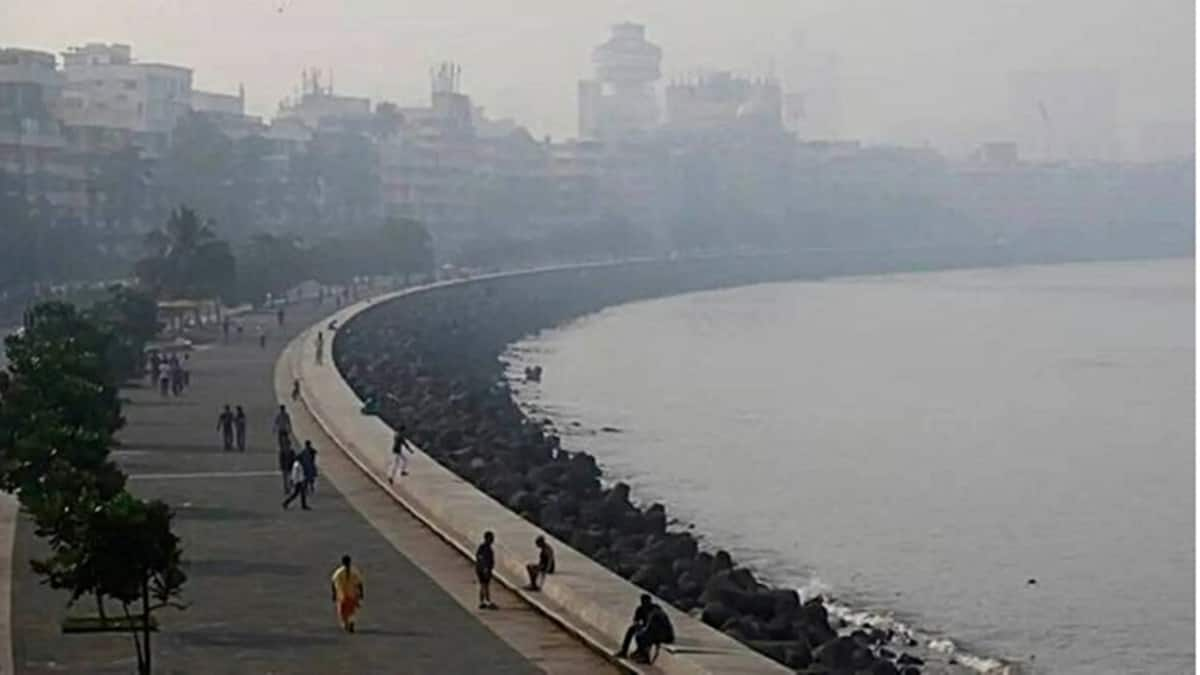The country’s financial capital is these days mostly encased in a thick smog blotting out views of the tower blocks that pack its imposing skyline. It’s worse for the majority of the mega city’s 20 million people who get only a ground-level view. Mumbai’s Air Quality Index (AQI) readings, which chart the concentrations of deadly particles, have been regularly breaching unsafe and hazardous levels, increasing respiratory diseases and other serious health issues. Yet, the state government and the Brihanmumbai Municipal Corporation (BMC) seem oblivious to the fact that consistently high levels of pollution may well qualify as a public health emergency. The solution of air purifier towers can at best provide localised and temporary respite, and do not point to a comprehensive and long-term solution. It is quite telling that the BMC issued new guidelines on cracking down on pollution sources as late as October 25, only after the Central government’s intervention.
With construction and road dust being identified as the chief source of PM2.5 pollution in the city, the BMC on Wednesday issued guidelines empowering its officials to seal construction sites violating its pollution norms and issue stop-work notices to the builders. It also empowered them to impound vehicles transporting construction material that aren’t covered from all sides or don’t carry valid PUC certificates. All these are welcome steps, but come quite late in the day. It is shocking that the officials were hitherto given very little power to act against offenders though there has been a trend of such pollution over the past few winters. Besides, even as the BMC and other authorities point at private construction sites, government infrastructure projects are also a major source.
And it is not just Mumbai alone. The national capital region also needs better management. The needle hasn’t moved meaningfully on stubble burning in states adjoining Delhi, and now, the Union earth sciences ministry’s System of Air Quality and Weather Forecasting and Research and Decision Support System have stopped sharing data publicly, even as the IIT-Delhi’s real-time source apportionment study has been stalled by the stand-off between the Delhi government and the bureaucracy. The fight against pollution can’t be sabotaged by inaction and administrative clashes, when the country’s respiratory-disease burden has been rising. Mumbai needs a comprehensive, far-reaching, and inclusive plan to address air pollution in a meaningful way. Air pollution leads to 2 million premature deaths annually across South Asia, which is home to nine of the world’s 10 most-polluted metropolises, according to the World Bank. Let’s not worsen the problem.
Tags: 上海kbZS, 上海新茶一般多少钱DK, 上海水磨工作室喜鹊LZ, 上海约茶DCP